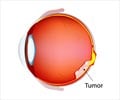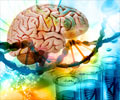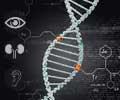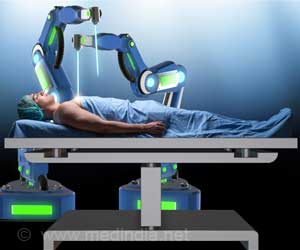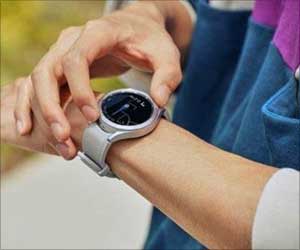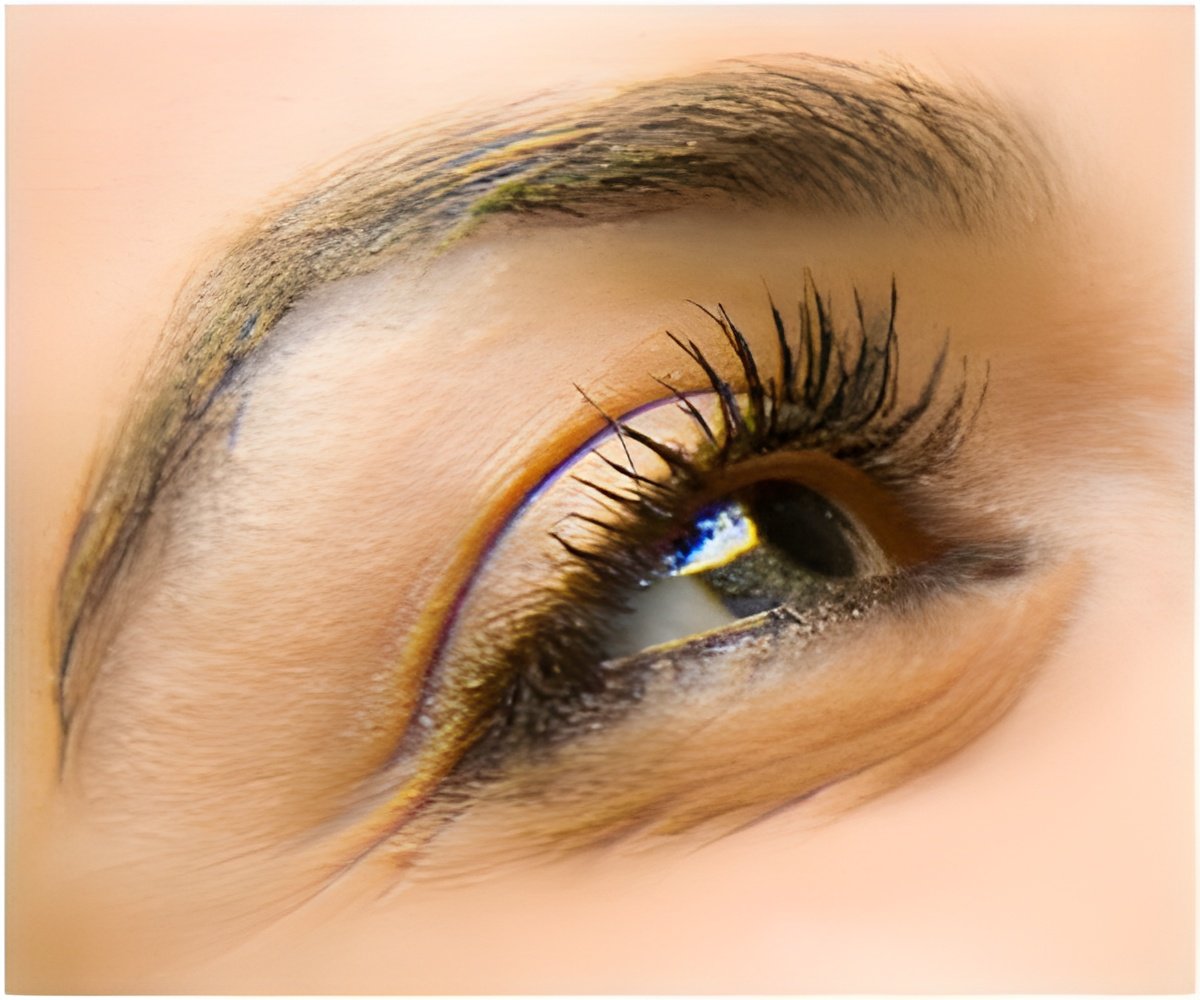
The disease, which is inherited and affects about 1 in 4,000 Americans, causes slow loss of vision, beginning with decreased night vision and loss of peripheral vision and eventually leads to blindness. Up to one-quarter of all patients with retinitis pigmentosa will become legally blind in both eyes. There is currently no cure for retinitis pigmentosa.The Argus II retinal prosthesis is a system in which a miniature video camera is housed in the subject's glasses and sends information to a patient-worn video processing unit where the image captured by the camera is processed into instructions which are then transmitted wirelessly to a retinal implant fitted with 60 electrodes. These electrodes pulse to stimulate cells in the retina, transmitting visual information along the optic nerve to the brain, creating the perception of patterns of light.
In the study, eight patients wearing the retinal prosthesis were asked to identify white or metallic objects against a dark background, then were asked to identify the same objects with enhanced outlines. The tests were done in three ways – with the retinal prosthesis turned on in a standard mode, in a scrambled mode as a positive control, and turned off as a negative control. The results for solid object identification rose from 12.5 percent correct with the device switched off to 32.8 percent with the device on with 26.2 percent correct identification when the device was scrambled. Results for the outlined object identification were at 9.4 percent with the device turned off and 41.4 percent with the device on, with 20.7 percent correct identification in scrambled mode.
"Despite the small sample size, statistically the results have achieved significance due to the magnitude of change in the performance of the use of the device within each subject." said Yvonne Luo, MA, FRCOphth, of London's Moorfields Eye Hospital NHS Foundation Trust and lead researcher on the study. "Moreover, these subjects represent people with the most severe form of the disease." The Argus II is the only device currently on the market in the United States and is one of several devices intended to help people suffering from this disease. Other devices and therapies in development include an implanted microchip, electrical stimulation therapy, implantable capsules of timed-release medication, nutrient therapies to reduce retinal damage and gene therapies to halt or reverse retinitis pigmentosa. Another study on this device will be presented on Monday and will review the initial results of a 30 subject study, adverse events post-implant, system reliability and visual function results.
Source-Eurekalert

